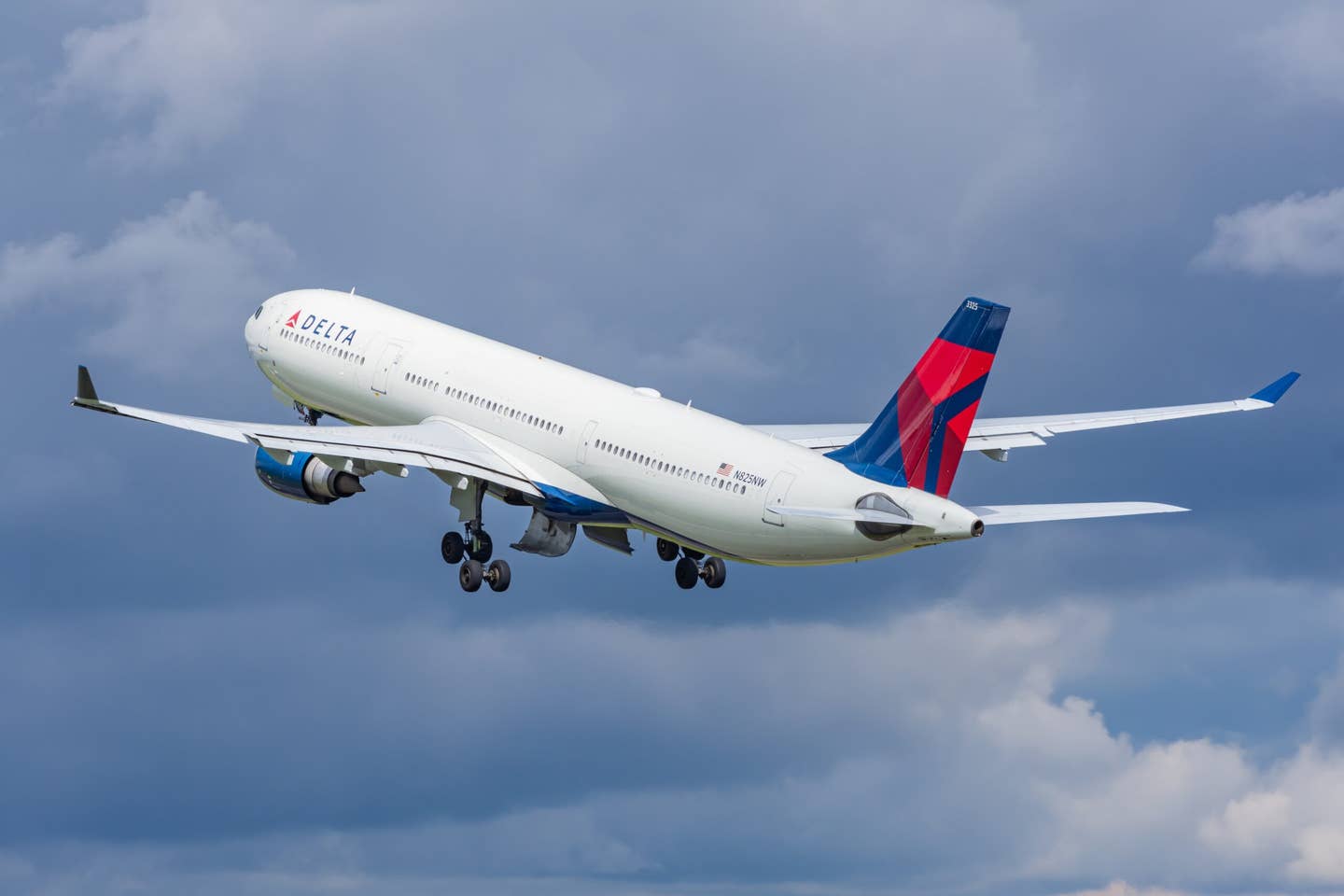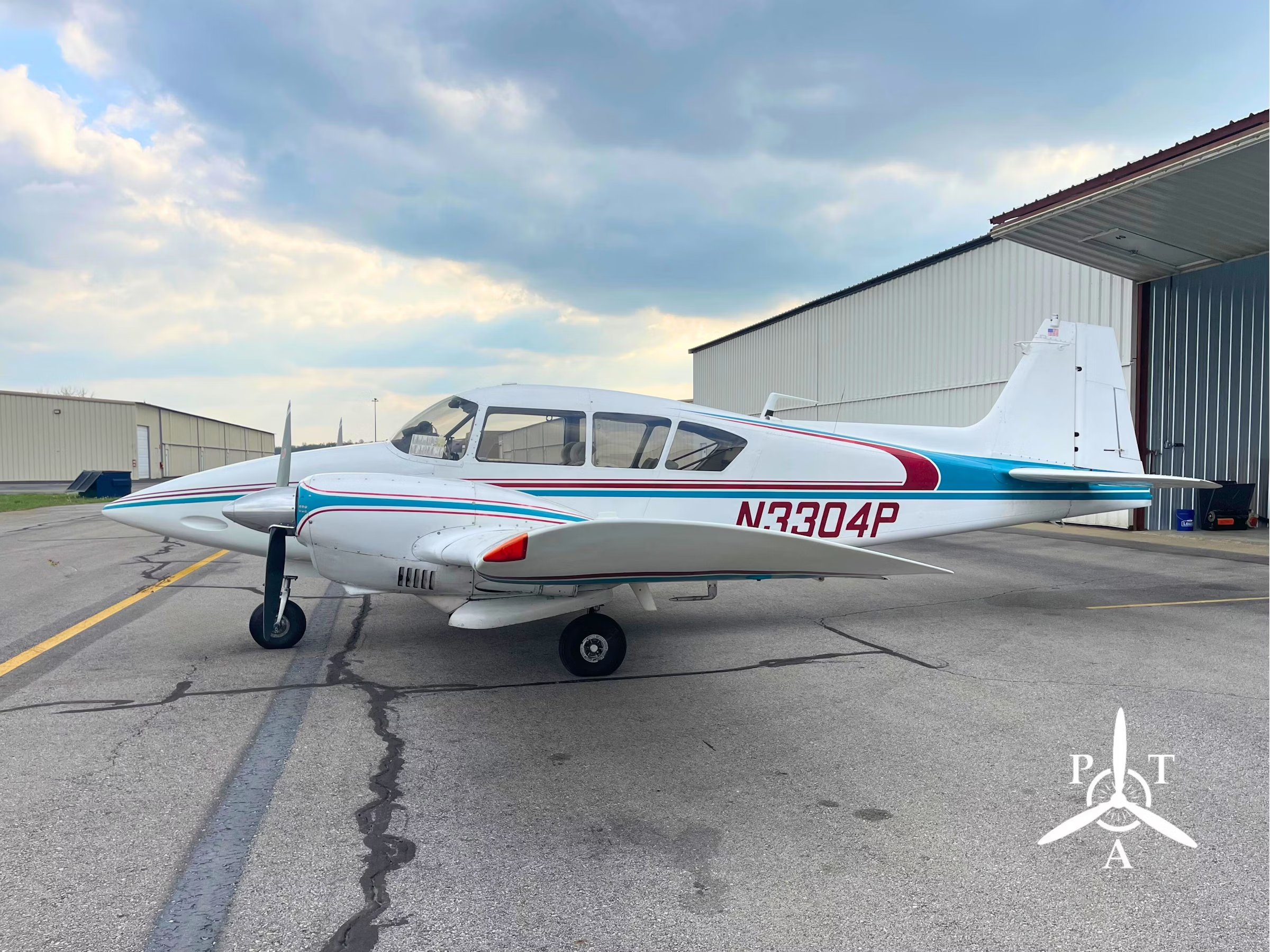
I picked up a 180 hp Piper Super Cub at the Aspen, Colorado, airport (KASE) and made a slight left turn to allow my friend Joe to pass me in his faster aircraft. As I climbed through about 300 feet, I pulled the power back to reduce fuel consumption—with the climb prop on the Cub, I certainly was not going to go much faster—and I pulled the mixture out to lean the engine a bit. The cable came completely out of the housing and the engine rolled back to idle. There I was just off the departure end of Runway 33 at Aspen with an airplane that had just turned itself into a glider.
Fast Forward
So, you've been flying airplanes for a few years now, or perhaps longer, and it has always been a very satisfying endeavor. You have lots of good memories and maybe a few not-so-good ones you have since categorized as "lessons learned." For some, those good memories may involve a landing greased, a check ride aced or perhaps a thank-you from a grateful passenger. The lessons learned may have come in the form of an arrival that took place a second or two before that anticipated squeaker you were trying to finesse.
Of late you may have noticed your measure of fulfillment has not quite met your expectations and may have asked yourself, What should I do? Being the astute reader of this publication that you are, and by virtue of the title of this article, you've concluded I am going to steer you in the direction of motorless flight. You, of course, would be correct. Perhaps this begs the question: Will getting a glider rating make you a better overall pilot? Asked another way, does flying sans engine give one a better understanding of energy management? I'd say yes.
Remember Capt. Sully Sullenberger and the "Miracle on the Hudson"? Once he surmised his geese were cooked and his options were few, he elected to exercise the best gliding option and headed for the river. Capt. Sully is not only a glider pilot but also certified to give instruction in said flying machines. He is just one example of an aviator whose glider training has made him a better overall pilot.
Perhaps the idea of being towed aloft in a glider, and then making good decisions regarding the distance to the airport of origin and safe return thereto, has inspired you to learn gliding and improve your energy management skills. If so, you have mastered the linear side of this engineless endeavor.
The Schweizer brothers of Elmira, New York, who started serious glider construction in the 1930s and continued on to almost the end of the 20th century, were the premiere manufacturers of American glider aircrafts. They gave us the ubiquitous Schweizer 2-33—more affectionately known as the "sail-pig" or "drag-master"—which has been the mainstay of many a glider club and commercial operation. It was the Germans, however, by virtue of the restrictions placed on them in the Treaty of Versailles at the end of World War I, who led the world in the development of high-performance single- and two-place gliders.
Hardly anyone who has gotten this far in his pursuit of aviation has failed to notice pictures in flying periodicals of high-performance sailplanes with wingspans well in excess of 50 feet plying the skies in search of rising air currents. Therein, fellow pilots, the true beauty of soaring can be found.
**
Reading the Sky
Before you can venture out of gliding range of the airport from which you have departed, you must take the time to understand the atmosphere as more than a medium of conveyance. When you have accomplished that, you will come to understand the more esoteric, the more ethereal, side of motorless flight. Put yet another way: If you fly you should learn to read the sky regardless of the aircraft used.
When Orville and Wilbur hung an engine on the Wright Glider and made it the Wright Flyer, they relegated an in-depth understanding of the atmosphere to that of a secondary consideration. As aircraft became more capable and more powerful, pilots were led to believe all problems could be solved with a generous application of power. Unfortunately, it seems to take a major airline catastrophe to bring to light such conditions as microbursts and "horizontal tornadoes." What better way, then, to learn about meteorology than to make a cross-country flight in an aircraft that is solely dependent upon the buoyancy of the atmosphere and on one's ability to "read the sky"?
Thermals
Almost every pilot understands the basic concept of convection-created updrafts, or thermals, as they are known to soaring types. They are what are often referred to as "air pockets" by airline pilots attempting to explain this phenomenon to the unwashed masses on the other side of the cabin door. On a good soaring day, thermals are capped by cumuliform clouds, which are like neon signs that say to the sailplane pilot, "Below this cloud can be found an updraft—most of the time." However, a dying cumulus is a cloud under which the air is descending. As he reads the sky, a competent cross-country sailplane pilot must understand the subtle nuances between a building cumulus and one that is decaying and therefore has little if any lift underneath it. What the seasoned soaring pilot learns is how to recognize a cumulus that is still supported by rising air and one that is not. This lesson is quite often learned as a result of misreading the sky and landing somewhere other than planned.
Long Wave
German glider training after World War I was, for the most part, conducted on the windward faces of the numerous ridges of the mountainous portions of the country. Once launched, the glider would turn parallel to the ridge and take advantage of the air flowing up and over the obstruction. Pilots were restricted to the hillside and were able to climb only a few hundred feet above the ridge top while availing themselves of the rising air. It was while flying along ridges that thermals, which allowed pilots to climb thousands of feet higher and venture farther, were discovered.
On March 3, 1933, Wolf Hirth—one of the most famous German glider pilots of his time—looked up to see one of his flight school trainers well upwind and substantially above the ridge used for training flights. Hirth noted that his glider was not circling as birds and sailplane pilots did in order to remain in thermal lift (discovered five years earlier on the same ridge), nor was it ridge lift that had propelled the Hirth-designed Grunau Baby glider to such heights. The glider in question appeared to be stationary and pointed into the wind. Upon noting this, Hirth took an aero tow and released in the same area as his training glider was. Twelve miles upwind of Hirth's airport lay the east/west-orientated Riesengebirge Mountains. On the day in question, a strong south wind was blowing. In conjunction with the southerly flow were clouds, which formed downwind of the lee side of the mountains and remained stationary in relationship to the upper airflow. These clouds are now known as "altocumulus standing lenticulars" or ACSLs. It would take an additional four years before the phenomenon causing what they had experienced was understood and later called the "long wave" by Hirth.
A doctorial candidate named Joachim Kuettner would later observe what are now known as "mountain wave" conditions and use exploration of them as his thesis. After World War II, Kuettner migrated to the United States and, in conjunction with atmospheric explorer Bob Symons, conducted the Sierra Wave Project during the 1950s.
Mountain Wave
During the ensuing years, sailplane pilots availed themselves of mountain wave conditions to climb to great heights. The late Steve Fossett, accompanied by former NASA test pilot Einar Enevoldson, set a new world altitude record of 50,699 feet. Sailplane pilots have also used mountain wave conditions to fly cross-country flights in excess of 3,000 kilometers.
Although the airline industry has been aware of mountain wave conditions and their relationship to clear air turbulence, or CAT, little information was available regarding the effects of the rotor turbulence associated with wave conditions—until the loss of United Airlines Flight 585 on March 3, 1991, at Colorado Springs, Colorado (KCOS), in the lee of Pike's Peak. The subsequent accident investigation revealed the presence of what the National Transportation Safety Board identified as a "horizontal tornado," which in reality is nothing more than rotor turbulence, quite often found below mountaintop level and extending to the surface during these conditions. At the time of this accident, the KCOS ATIS was reporting mountain wave conditions and severe turbulence at various altitudes and by numerous aircraft types.
Shear Line
The fourth type of atmospheric condition that lends itself to cross-country flying is that of the shear line. A shear line can be identified as the interface between two air masses. This condition may exist with or without clouds. For example, the marine air that flows into the desert east of Los Angeles will abut the warmer desert air and produce a line of lift. In New Mexico, where I live, the condition is often identified by a line of cumuliform clouds that develop over or east of some of our mountainous terrain. The interface between these two air masses is readily identified by the difference in cloud base. By flying under and parallel to the clouds it is possible to soar for hundreds of miles without stopping to climb.
This brings us full circle and back to the question: Will glider flying make me a better overall pilot?
**
Meanwhile, Back in Aspen
When the engine refused to produce power over Aspen, I was still indicating about 100 mph and was almost 400 feet agl. If you have ever flown out of Aspen, you know that when departing downhill, there are no options down-valley for a forced landing. As I slowed the Cub to best gliding speed, I keyed the mic and told my buddy to break right as I was reversing course to land on Runway 15. By the time the course reversal was complete, I was back to 60 mph and on a good glidepath to make the runway with energy to spare. By the time I was 50 or so feet above the ground, the prop had come to a complete stop. I touched down, turned off the runway, coasted up onto the ramp, spun the Cub around and hopped out to the roaring applause (well, OK then, the baffled looks) of all those who had observed me from behind the fence at the FBO. Was this dead-stick landing a big deal? I didn't think so, not because of any outstanding ability on my part, but because of my extensive training as a glider pilot.
During the course of my career with SkyWest Airlines, I had numerous occasions to apply my "soaring" knowledge to enhance the safety of flight. Because most aircraft can usually use an extra boost from Mother Nature, I applied that knowledge to assist me in performing whatever tasks were to be conducted when flying, and I continue to apply my "soaring" knowledge when teaching the art of flight — with or without an engine.
So, there you have it, yet another reason to take up flying those engineless aircraft.
Get online content like this delivered straight to your inbox by signing up for our free enewsletter.

Sign-up for newsletters & special offers!
Get the latest FLYING stories & special offers delivered directly to your inbox






